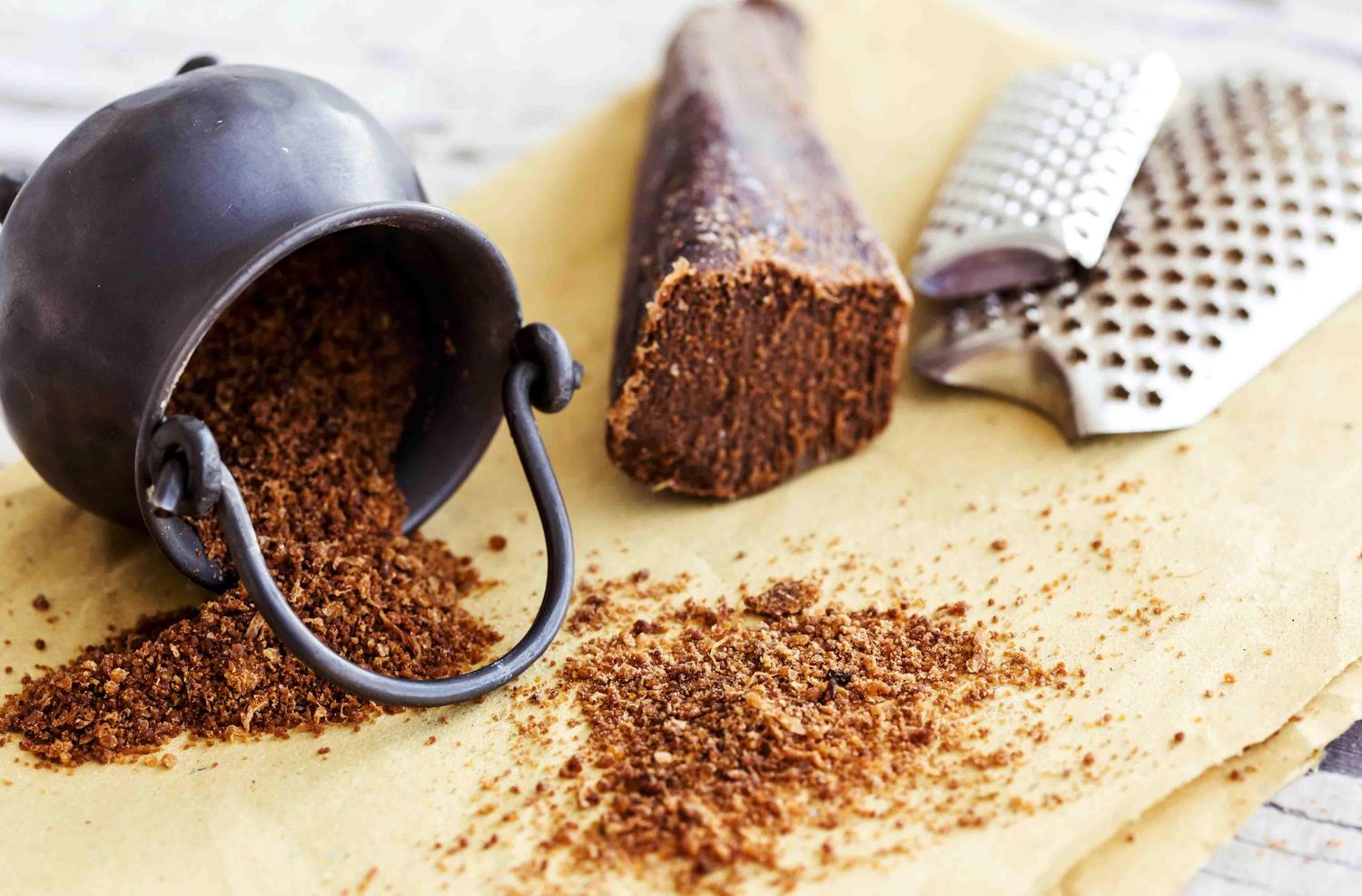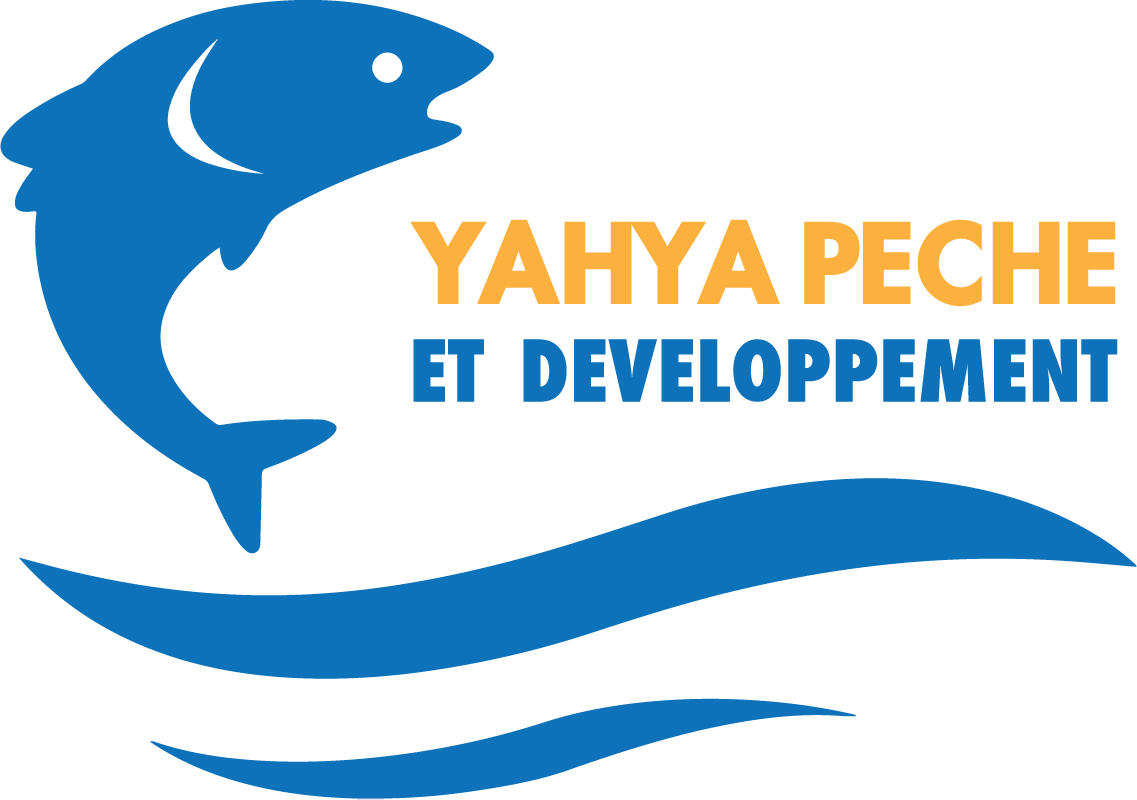Know it all on mullet roe, also known as poutargue or bottarga

Just like traditional caviar, bottarga is a luxurious and rather uncommon dish. Known for centuries, it is a local specialty of Mediterranean countries such as Egypt, Italy, Turkey, Corsica, etc. It is a sac of previously salted and dried fish roe, specifically mullet. Poutargue, or boutargue in French, gets its name from the Provençal language (boutargo) and from the Italian (bottarga), and is a tasteful and richly flavoured delicacy. Consumed around the world by connoisseurs, the import of roe sacs makes it possible to meet significant demand. Yahya Fishing tells you more about this mullet roe.
What is a mullet?
A mullet is a beautiful fish with a tapered look, covered in large scales ranging from silvery grey to blue-grey. Also called muge or mule, it can refer to an entire family comprising numerous species of fish that can either live in the sea or in fresh water. You will identify them looking at their heads, that can be more or less wide depending on the species, and slightly flattened at the top. 4 spiny rays are found on the back.
The most common mullet is the striped mullet or Mugil cephalus. It is a coastal species that can also live in rivers. Its significant characteristics are its big head and its substantial size, up to 120 cm (47 inches). The grey mullet, or thick-lipped mullet (Chelon labrosus) is also rather big, with a maximal length of about 75 cm (30 inches).
The golden grey mullet, or chelon auratus, is a medium-sized species which reaches 45 cm (18 inches) when adult. Recognizable by its golden colour with small golden yellow spots, its head is covered in large scales and its upper lip is very thin.
The thin-lipped grey mullet, or liza ramada, has a greyish appearance, notably dark on the top. There is also the leaping mullet, Liza saliens, which looks a little like the golden grey mullet but with a thinner body and a pointed snout. Mullets’ morphology so varies between species. Females are taken in when gestating in order to remove the roe sacs used to prepare bottarga.
How to fish mullets?
Mullets are schooling fish. They live around coastal lines but also in port areas, estuaries and sheltered bays. Mullets essentially feed on algae, and benthic or pelagic microorganisms. It can be difficult to fish it because it only accepts specific baits. Main fishing techniques are:
float fishing,
cast-retrieve,
hawk fishing, etc.
Despite its seemingly easiness, float fishing, also known as fishing with a bobber, demands a highly technical know-how, especially for fish as alert as mullets. This ancient technique consists in proposing a bait in between two waters, held by a floating stopper on the surface. Doing so, the bait is kept at a constant water level, and the stopper indicates if there is a bite. It sinks slowly and dives below the surface when a fish comes to bite the bait.
Casting-retrieving, or lure fishing, is mostly used in port areas where it is easy to practice it while avoiding to sink mullets spotted on the surface. These fish are attracted to drifting food, so that it’s possible to use baits such as bread, which causes agitation that will make them less suspicious.
As far as nets are concerned, their meshes must be at least 30 cm (12 inches), regardless if it is for amateur or professional fishing. This is the legal catch standard in the English Channel, the Atlantic and the North Sea. Regulations may vary by fishing region. You should also know the ideal season for mullet fishing depending on where you are.
How and when to harvest mullet roe, known as poutargue or bottarga?
The mullet fishing season for the making of bottarga goes from July to March, when the fish move to the Mediterranean Sea to lay their eggs. They are netted by fishermen who take some extra time to extract the pouch carrying these eggs (or roe) from the fish. Care is taken to keep the membrane around it intact, to prevent it from emptying itself. The next step is salting the bottarga then drying it for a few days before it can be eaten.
Nowadays, the mullet is a fish that is becoming increasingly rare. Bottarga has thus become a luxurious and highly prized product. Producers do not hesitate to buy roe sacs from fishermen in Brazil, Mauritania or Africa. To ensure optimal packaging quality for your mullet roe, trust Yahya Fishing. We import this roe from Mauritania and we certify the quality of our products.
Bottarga is a specialty that used to be preserved in beeswax. Manufacturers now prefer to coat it with a thin layer of paraffin which must be carefully removed. Bottarga is also sold vacuum-packed. The product’s colour varies according to the colour of the roe, but also according to other factors such as the feeding of fish or the method of drying.
Mullets feeding on algae and fish feeding on small gastropods will have eggs of different colours. Mullet roe can then be of a more or less bright orange-yellow, depending on the region where the fish live. Dried in the sun or in a factory, at variable or constant temperature, the drying method naturally influences the final rendering.
How to eat mullet roe?
Just like truffles, bottarga is cut or grated into thin slices before being consumed. It will be eaten as is, served on a grilled or buttered toast, or added to a dish after presentation. Of course, the wax will have to be removed before serving. A simple method consists in cutting it before removing the wax, which comes off easily from the slices using your fingers or the tip of a knife.
Using a non-serrated knife allows to avoid breaking the eggs before eating them. Bottarga can be enjoyed as an appetizer, accompanied by crackers or a little bread. It is also used in many recipes. Always consumed raw in French cuisine, it is a delight on mouillettes, bread fingers dipped up in boiled eggs, or thinly sliced on scrambled eggs. You can also grate bottarga as the final touch on fresh dough or risotto.
Salted and dried mullet roe is a real delight accompanied by fresh goat cheese, tiny steamed potatoes, or caviar. A recipe for ricotta and bottarga mousse consists in mixing 100 g of ricotta with a teaspoon of previously grated bottarga. After working the mixture with a fork, add a quarter of lemon zest. This recipe is to be served with blinis or toast.
As for the drink, a glass of champagne, of vodka or even white wine are the best choices to pair with this refined and iodized dish.
Yahya Fishing, your mullet roe importer
To meet the considerable demand for mullet roe, importation remains the best solution today, as these fish are still abundant in certain waters. Are you a bottarga producer looking for good quality mullet roe? Yahya Fishing ensures the importation of mullet roe from Mauritania while ensuring the quality of the packaging of the goods. We provide our support by working with Mauritanian fishermen in order to perpetuate their ancestral know-how and enhance their professional activity.
We provide them with a total of more than fifty boats to ensure fishing and the export of coastal products from Mauritania. Having the preservation of the coast at heart, more than 85% of Yahya Fishing’s activity is carried out according to traditional fishing methods, on canoes with fishing lines or nets. Every step of the process happens with strict respect for aquatic fauna and the seabed. We provide you with 10 years of experience in the distribution of fresh and frozen fish and marine products. Our staff is expert in the field, and our company is renowned for the quality of its products.
We respect our local partners and export from Mauritania to the Parisian, Portuguese, Asian and African markets. Therefore, do not hesitate to contact us for any need for mullet roe or fish that are part of our catalogue. We are at your service to satisfy your requests and ensure the delivery of your order as quickly as possible. By using Yahya Fishing, you can be reassured to obtain high quality merchandise.

